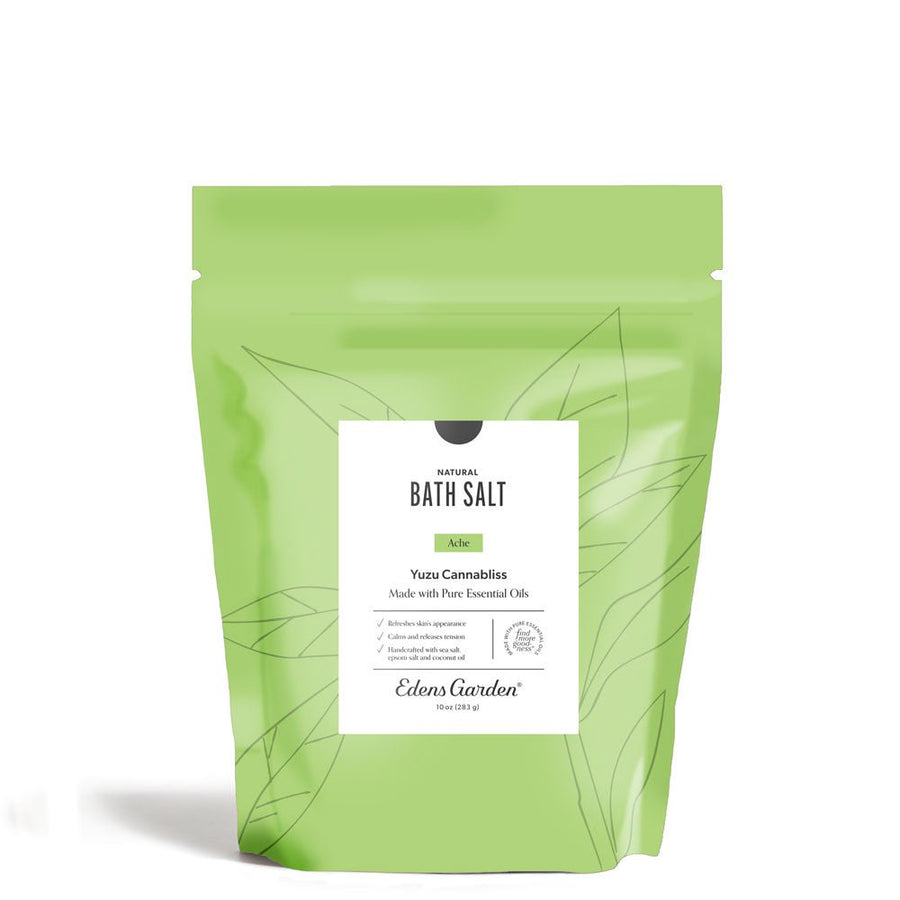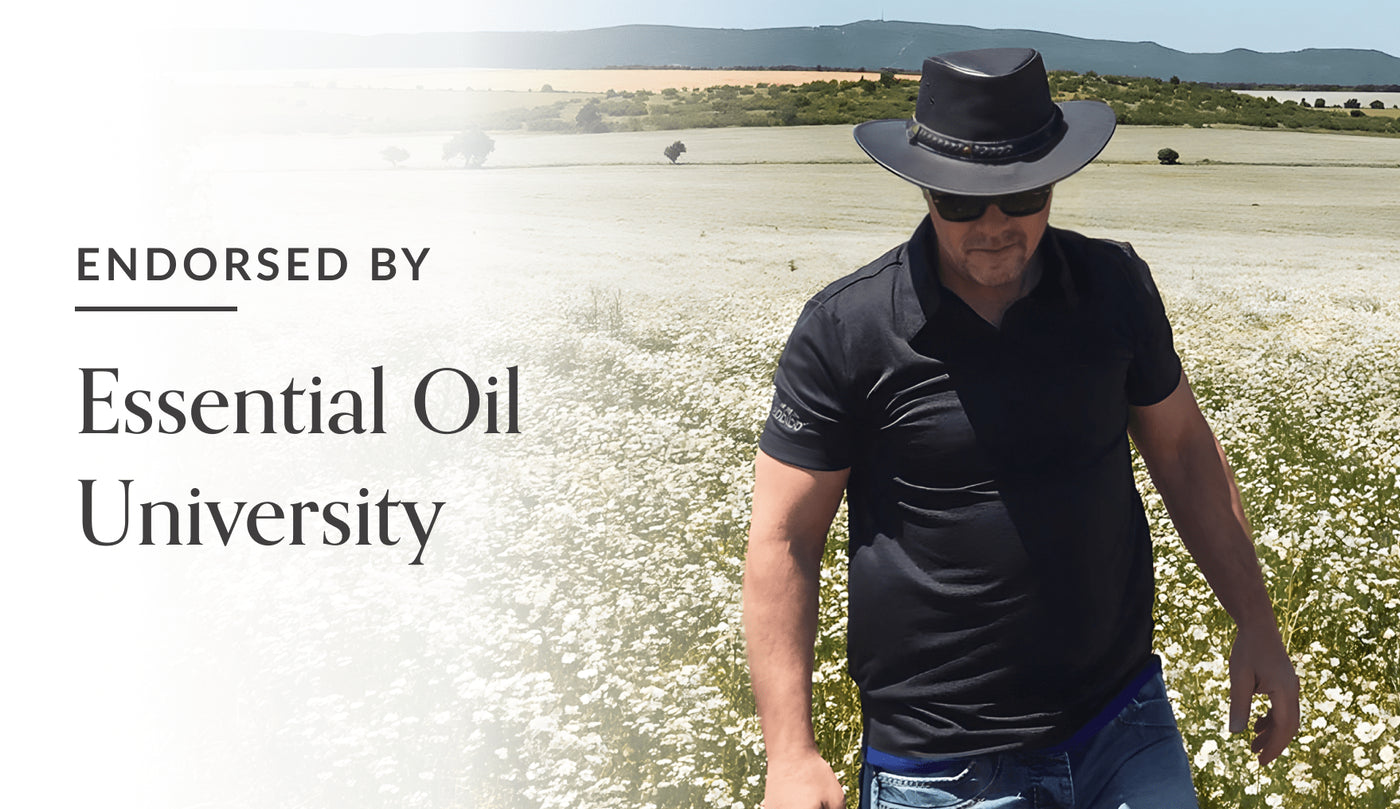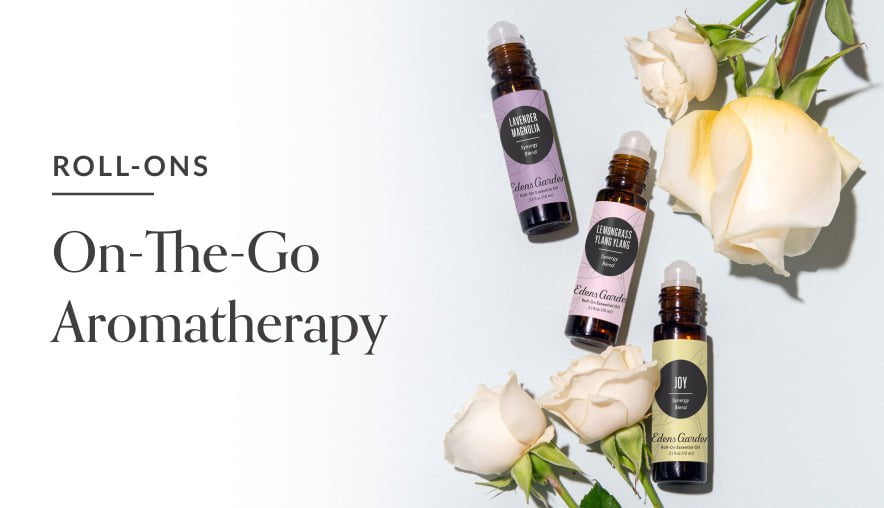AAA: How Can I Prevent Pain After Exercising or Physical Labor With Essential Oils?

Do you experience pain after completing laborious work or exercise? Is it keeping you from performing tasks? If you’ve answered “Yes” to either of these questions, it’s time to put the kibosh on pain post-physical activity.
Introducing essential oils for pain to the rescue!
Find out how our favorite natural remedies can help prevent pain and get you on the move again.
Essential Oil Constituents That Reduce Pain
While we know that there are essential oils that help ease aches and pains, what gives these essential oils their pain-fighting abilities? When it comes to essential oils that stop pain on the spot, you’ll want to look for oils that contain plenty of these beneficial constituents.
Alpha-Pinene
A monoterpene responsible for giving plants and oils such as Pine their fresh aroma, a-pinene is highly therapeutic and is known for its pain-relieving abilities.
-
A study on several monoterpenes found a-pinene to be efficiently antinociceptive and moderately anti-inflammatory.[1]
-
Subjects treated with a-pinene-rich Frankincense oil exhibited less pain and swelling than those treated with a placebo.[2]
-
Doctors in Turkey aimed to discover the antinociceptive activity of the major constituents in Fennel oil, and found a-pinene and fenchone to have the strongest potential.[3]
Oils containing a significant amount of alpha-pinene include:
-
Cypress Essential Oil
-
Frankincense Carterii Essential Oil
-
Pine Essential Oil
Beta-Caryophyllene
Pronounced care-ee-oh-fy-lean or /ˌkærioʊˈfɪliːn/ if you’re phonetically inclined, b-caryophyllene is another helpful monoterpene that puts a stop to pain before it starts.
-
Beta-caryophyllene showed anaesthetic-like activity both in vitro and in vivo after five minutes of application.[4]
-
In a lab study, b-caryophyllene was found to boost the effects of morphine when used in combination with each other, thus reducing the need for a higher morphine dosage and lowering the undesirable side effects of morphine.[5]
-
Italian scientists investigated the analgesic activity of b-caryophyllene, and found it to be effective when diluted in Sweet Almond oil in both in vitro and in vivo studies.[6]
Oils containing a significant amount of beta-caryophyllene include:
- Copaiba Essential Oil
- Black Pepper Essential Oil
- Hemp Essential Oil
- Ylang Ylang Complete Essential Oil
Linalool and Linalyl Acetate
Two of the most well-researched essential oil constituents and yet another monoterpene (and ester), linalool and linalyl acetate’s ability to ease pain is legendary.
-
A study on Lavender showed its unique pain-relieving ability which was attributed to its main constituents–linalool and linalyl acetate.[7]
-
A similar study performed at the University of Sassari in Italy found that the antinociceptive activity of linalool to be significant.[8]
-
Lavender oil and its key constituents–linalool and linalyl acetate–were found to significantly reduce pain after 60 minutes of inhalation.[9]
Oils containing a significant amount of linalool and linalyl acetate include:
-
Lavender Essential Oil (all varieties)
-
Basil Essential Oil
How to Use Essential Oils to Prevent Pain
Now that you’ve put together your dream team of pain-stopping essential oils, you might be wondering how to use them most effectively. Here are some of the most effective ways to prevent pain after physical activities.
Roll-On Essential Oils to Roll-Away Pain
Before you go about work or exercise, apply this healing roll-on formula.
Add to the following to a 10 ml empty roll-on and shake to combine:
-
4 drops Fine Lavender Essential Oil
-
2 drops Red Thyme Essential Oil
-
2 drops Copaiba Essential Oil
-
2 drops Juniper Berry Essential Oil
-
10 ml Sweet Almond Carrier Oil
Essential Oil Diffuser Blend for Pain
Inhaling your essential oils can be just as effective as applying them topically. While you’re working or exercising, diffuse this blend to keep aches at bay. If your job requires you to be on the move rather than in one place at a time, add this blend to a Personal Pocket Inhaler for on-the-go relief.
-
6 drops Bergamot Mint Essential Oil
-
5 drops Neroli Essential Oil
-
4 drops Virginia Cedarwood Essential Oil
Sore Muscle Massage Oil
If after physical activity you’re starting to feel stiffness, soreness and pangs of pain, have a partner or professional use this massage oil to help you feel as good as new.
-
1 oz Tamanu Carrier Oil
-
5 drops Indian Peppermint Essential Oil
-
5 drops Black Pepper Essential Oil
-
3 drops Frankincense CO2
-
2 drops Basil Essential Oil
Take an Essential Oil Bath
While hot baths might be more comfortable, a cold bath is recommended after physical activity to reduce inflammation. To up the ante, add essential oils to your bath in the form of a bath salt or bath oil. Our favorite bath salts for fighting pain and inflammation include:
To make your own bath oil, combine the following healing ingredients, then add it to your bath:
-
2 drops Ylang Ylang Complete Essential Oil
-
2 drops Cypress Essential Oil
-
2 drops Thyme Essential Oil
To help disperse your oils throughout your bath, add a solubilizer. Keep in mind that not adding a solubilizer can make the bottom of the tub slippery so use caution when getting in and out.
Can’t Stop, Won’t Stop
Don’t let fear of pain stop you from living your best life. Whether you opt for the suggestions detailed throughout this article or others found at Edens Garden, there is almost no end to the healing solutions that essential oils have to offer. From blends like Aches & Pains and Massage Therapy to Muscle Relief and Circu-Touch, there’s always more goodness to be found here at Edens Garden. You can also try our essential oils for labor and delivery.
Sources:
- Guimarães, Adriana. “Monoterpenes with Analgesic Activity--a Systematic Review.” PubMed, 27 Jan. 2013, pubmed.ncbi.nlm.nih.gov/23296806.
- Li, Xiao-Jun. “α-Pinene, Linalool, and 1-Octanol Contribute to the Topical Anti-Inflammatory and Analgesic Activities of Frankincense by Inhibiting COX-2.” PubMed, 17 Feb. 2016, pubmed.ncbi.nlm.nih.gov/26721216.
- Him, Aydin. “Antinociceptive Activity of Alpha-Pinene and Fenchone.” Pharmacologyonline, 2008, pp. 363–69, www.researchgate.net/publication/266416515_Antinociceptive_activity_of_alpha-pinene_and_fenchone.
- Ghelardini, C. “Local Anaesthetic Activity of Beta-Caryophyllene.” PubMed, July 2001, pubmed.ncbi.nlm.nih.gov/11482764.
- Katsuyama, S. “Involvement of Peripheral Cannabinoid and Opioid Receptors in β-Caryophyllene-Induced Antinociception.” PubMed, May 2013, pubmed.ncbi.nlm.nih.gov/23138934.
- Paolo, Fiorenzani. “In Vitro and In Vivo Characterization of the New Analgesic Combination Beta-Caryophyllene and Docosahexaenoic Acid.” PubMed Central (PMC), July 2014, www.ncbi.nlm.nih.gov/pmc/articles/PMC4109702.







Leave a comment (Comments will be approved before showing up)